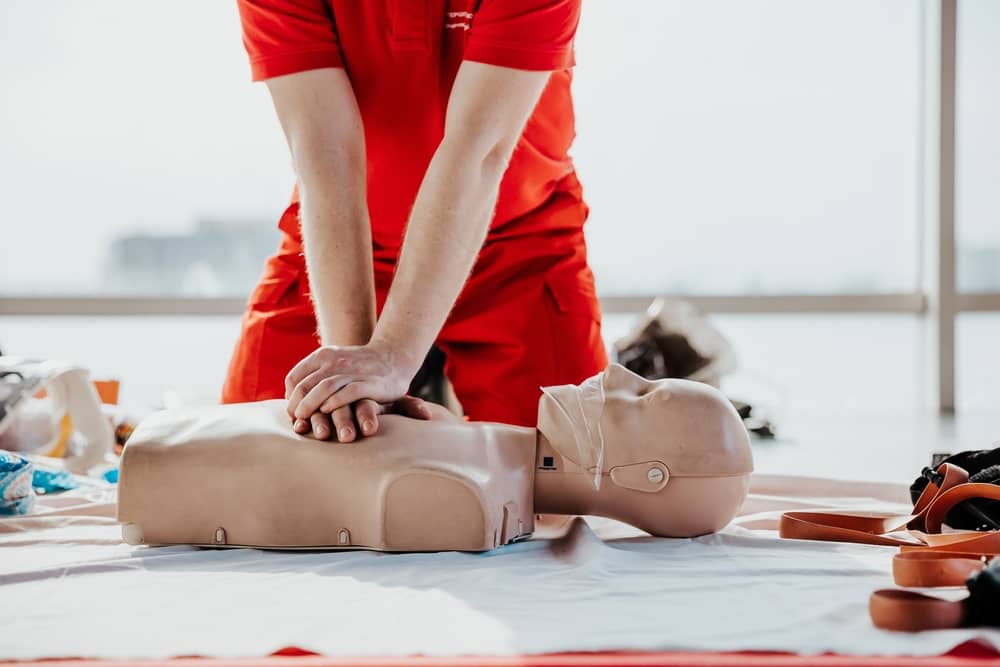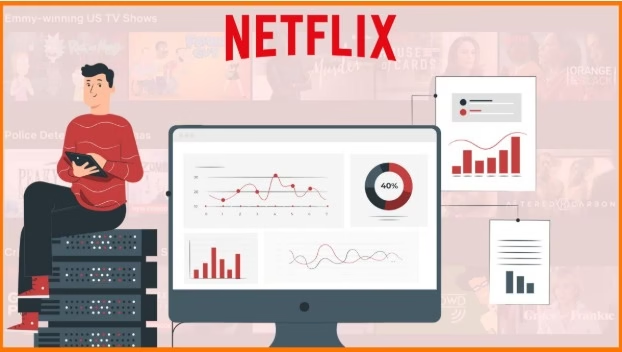Cardiopulmonary resuscitation (CPR) is a lifesaving technique that can make the difference between life and death in an emergency. Whether you’re a healthcare professional, teacher, fitness trainer, or simply a concerned citizen, having CPR certification equips you with the skills to act quickly and effectively when someone’s life is on the line. In the digital age, learning these critical skills is easier and more accessible than ever. If you’ve ever wondered how to get CPR certified online, this step-by-step guide is for you.
Why Get CPR Certified?
Before diving into the steps, it’s important to understand the value of CPR certification. Every year, hundreds of thousands of cardiac arrests occur outside of hospitals. Immediate CPR can double or triple a victim’s chance of survival. Being certified means you are prepared to assist in these crucial moments, whether at work, at home, or in public.
Benefits of Online CPR Certification
- Convenience: Learn from home, at your own pace.
- Flexibility: Study around your schedule—ideal for busy professionals or parents.
- Affordability: Often less expensive than in-person classes.
- Accessibility: Anyone with internet access can participate.
- Up-to-Date Content: Courses frequently update to align with the latest guidelines from organizations like the American Heart Association (AHA) or the Red Cross.
Step 1: Determine Which CPR Certification You Need
There are different types of CPR certification, and the right one for you depends on your goals:
- Basic CPR/AED: Designed for the general public.
- CPR for Healthcare Providers: Includes Basic Life Support (BLS) for nurses, EMTs, and other medical personnel.
- CPR/First Aid Combo: Includes CPR plus emergency first aid basics.
- Pediatric CPR: Specifically for those working with children (e.g., daycare providers, teachers).
Tip:
Some jobs or volunteer opportunities may require certification from specific organizations, such as the AHA or the Red Cross. Always verify which certifications are accepted by your employer or industry.
Step 2: Choose a Reputable Online CPR Certification Provider
When researching how to get CPR certified online, you’ll encounter many providers. Not all are created equal. Look for these qualities in a provider:
- Accreditation: Ensure the provider adheres to guidelines set by the AHA, ILCOR, or equivalent.
- National Recognition: Courses should be accepted by employers, state boards, or agencies.
- Clear Certification Validity: Most CPR certifications are valid for two years.
- Money-Back Guarantee: Trustworthy providers often offer satisfaction guarantees.
Recommended Providers:
- American Red Cross: Offers blended and fully online options.
- ProCPR by ProTrainings: Known for flexible, employer-accepted training.
- National CPR Foundation: Offers cost-effective, fully online courses.
- CPR Certified: Provides a wide range of certifications with downloadable cards.
Step 3: Register for the Online Course
Once you’ve selected a provider:
- Visit their website.
- Select your course based on your needs.
- Create an account and provide your information.
- Pay for the course, if required. Some providers offer free training with a fee for certification.
After registration, you’ll have access to the course materials, which are typically a mix of videos, readings, and interactive modules.
Step 4: Complete the Online Training Modules
Online CPR courses are self-paced, meaning you can learn at your convenience. The content usually includes:
- How to recognize cardiac arrest
- Performing chest compressions
- Rescue breaths
- Using an automated external defibrillator (AED)
- Assisting choking victims
- Hands-only CPR techniques
- Special considerations for infants and children (if applicable)
Most courses take between 1–3 hours to complete, depending on your familiarity with the subject and the course type.
Step 5: Pass the Online Exam
After finishing the training modules, you’ll be required to pass a final exam. The format typically includes multiple-choice questions covering the material you’ve studied. Key points to prepare for include:
- Compression-to-breath ratios
- Proper hand placement
- Signs of cardiac distress
- When and how to use an AED
Most providers allow multiple attempts if you don’t pass on your first try.
Step 6: Demonstrate Hands-On Skills (Optional or Hybrid Courses)
Some courses—especially those for healthcare providers—may require a hands-on skills assessment. This can be done via:
- In-person skills check at an affiliated training center.
- Virtual assessment using video conferencing and a CPR manikin kit sent to your home.
- Blended learning, where you complete the online portion and attend a short in-person session.
If your employer or licensing body requires a physical demonstration, make sure the online provider offers this option.
Step 7: Receive Your Certification Card
Upon successful completion, you’ll receive your CPR certification card. Depending on the provider, this may be:
- Instantly downloadable (PDF format)
- Mailed as a physical card
- Accessible via a student dashboard
Keep both a digital and physical copy for your records and employer verification. Most cards include:
- Your name
- Course type (e.g., Adult, Child, Infant CPR)
- Date of certification and expiration
- Provider name and accreditation
Step 8: Maintain and Renew Your Certification
CPR certification typically expires after two years. To stay certified, you’ll need to take a renewal course. Renewal courses are often shorter and less expensive than the full course. Set a calendar reminder well before your certification expires.
Some providers offer free refreshers or newsletters with updated guidelines to help you stay current.
Common FAQs About Getting CPR Certified Online
Is online CPR certification legitimate?
Yes, if it comes from a reputable and accredited provider. Always verify the provider’s credentials before enrolling.
Will my employer accept online CPR certification?
In most cases, yes—especially if it’s from the AHA, Red Cross, or a recognized equivalent. However, double-check with your employer first.
Can I get certified for free?
Some platforms offer free training with a certification fee. Others may offer free downloadable cards or periodic discounts.
Do I need special equipment?
Not usually. Most courses can be completed with a computer or smartphone and an internet connection. However, some hands-on assessments may require a manikin.
Conclusion
Learning how to get CPR certified online is a smart move for anyone who wants to be prepared in emergencies. With accessible, flexible, and affordable options, there’s no reason to delay your certification. Whether for personal knowledge or professional requirements, getting certified online allows you to gain life-saving skills on your schedule.
The process is straightforward:
- Determine your needs.
- Choose a reputable provider.
- Complete the online training.
- Pass the test.
- Obtain your certification.
Being CPR certified empowers you to act confidently in critical moments. Start your certification journey today—it could save a life tomorrow.






